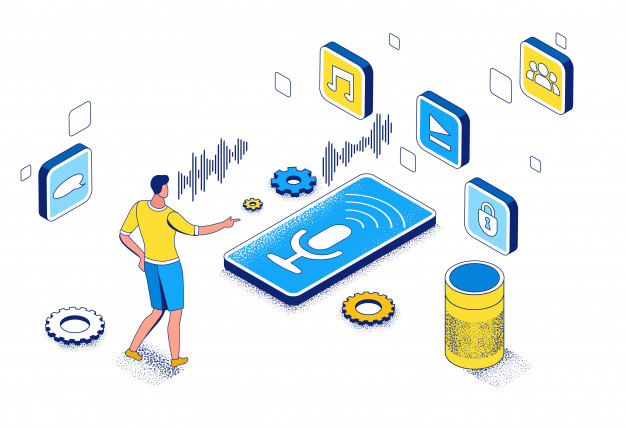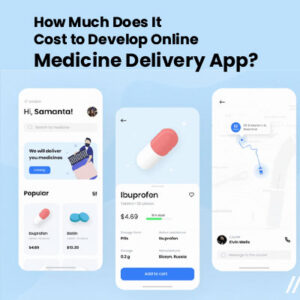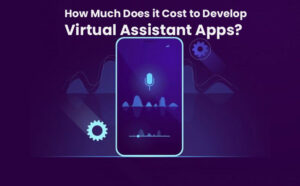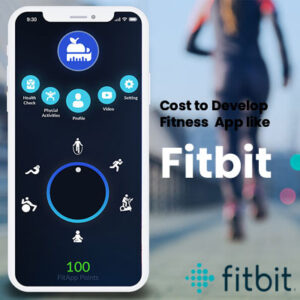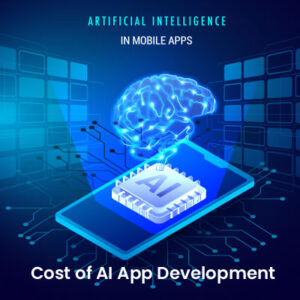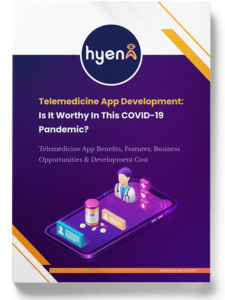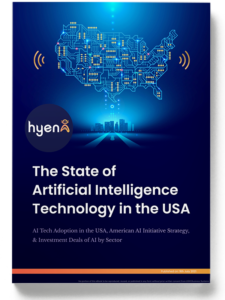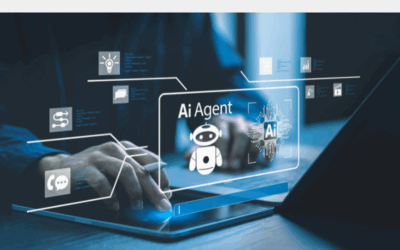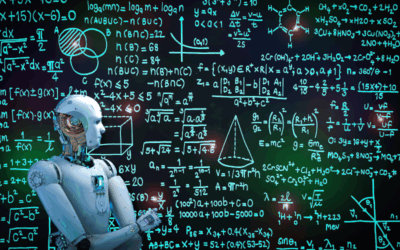What is Natural Language Processing ? Applications & Future Possibilities
Natural Language Processing (NLP) is a subfield of Artificial Intelligence (AI) technology. It enables machines to efficiently understand the language of humans. We all know that it is not that easy to teach a machine to easily understand how humans interact with each other. Here, NLP technology comes into the picture.
Many scientists have still explored the efficiency of artificial intelligence and its related technologies. On NLP front, however, it grabbed the market attention with its capabilities. NLP technology has been posing significant breakthroughs in the market.
Through this blog, we thought to give a brief introduction to NLP technology. So, let’s begin!
What Does Meant By NLP Technology and How It works?
Natural Language Processing technology used as an interface between machines and humans. NLP aims to listen, read, understand, and analyze human languages in a valuable way. NLP methods heavily dependent on machine learning techniques to derive meaning from human languages. A normal conversation between machines and humans using NLP technology will be as below:
Step-1: A human start a conversation with the machine
Step-2: The NLP-powered machine then stores the audio clip
Step-3: The in-built algorithms works on converting Audio to human-readable text
Step-4: The text data will be processed
Step-5: Again, data will be converted into Audio
Spet-6: Finally, NLP-powered machines play audio and replies to the users
This was the actual working process of NLP-driven machines.
What are the applications of NLP?
Like applications of artificial intelligence, machine learning, and deep learning, NLP also has multiple applications. A few of them include:
• Language translation applications
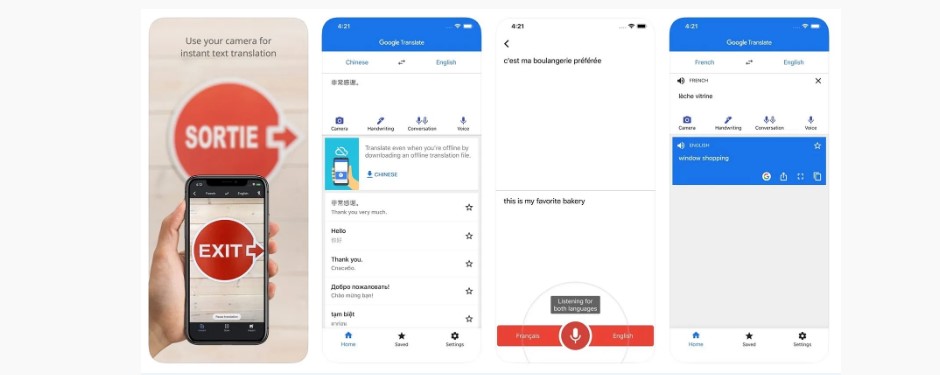
Do you wish to learn a new language?
No worries. NLP-powered language assistants are there to support you.
Learning a new language is not an easy task for learners. But the language-translation apps make the communication process easy. You can communicate with others more effectively using these apps.
NLP-powered language translation apps help users in many ways. For instance, Google Translate app, iTranslate, TripLingo, etc travel apps help users to communicate and improve traveling experience.
• Apps to check the grammatical errors of texts
Every digital writer must aware of Grammarly and Microsoft word. While they write, they can recognize the grammatical errors. This all because of in-built NLP algorithms. NLP technology can check the correctness of your written text. This will reduce the complexity in writing documents and also saves the time of users in correcting grammatical errors manually.
Thanks to such wonderful intelligent technology.
• Interactive Voice Response (IVR) applications
IVR is an automated telephony system used for integrating with callers, collects data, and routes call to the right persons. This is because of using NLP capabilities in it. The IVR apps help call centers to provide proper services to their customers.
The NLP technology used in IVR systems to understand the spoken language of a customer. Then with the help of Natural language generation apps, NLP helps an IVR system to produce an accurate response to callers.
• NLP-powered Personal Assistant Applications
Siri, Cortana, OK Google, and Alexa are the best examples of NLP-powered personal assistant applications. These voice assistants almost communicate like a human. These assistants can translate words instantly, open maps and give directions. In addition, they can also do music playback, set alarms, play audiobooks, and provide real-time information on weather and traffic conditions.
What are the procedures involved in NLP?
Semantic and syntactic analysis are the two major procedures that are utilized to accomplish NLP-related tasks.
1. Syntactic Analysis
The syntax refers to forming a sentence with a group of words in a meaningful way. In NLP, this procedure is used to measure how natural language supports the rules of grammar.
Some computer algorithms are utilized to apply grammar rules to a collection of words and find out the actual meaning from them.
Here are some of the syntax methods that can be used:
- Lemmatization: It reduces the complexity of a word for making it easily understandable
- Morphological segmentation: It divides words into distinct parts
- Word segmentation: It devices a big text into separate units to improve its readability.
- Parts-of-speech: it identifies the part of speech for every single word
- Parsing: It checks the grammar of a sentence
- Sentence Break: It limits the length of each sentence a big text.
- Stemming: It removes the modified words to their original form.
2. Semantic Analysis
Semantics means the actual meaning of the given text. Semantic analysis is the difficult procedure of Natural Language Processing (NLP), which is not fully resolved to date.
In this process, some computer algorithms are applied to analyze and understand the meaning of words, and to know the arrangement of sentences.
The key methods of semantic analysis include:
- Named Entity Recognition (NER): It categorizes the parts of a text into fixed groups. It means, NER identifies the same group of elements like people’s names, and place names, etc.
- Word Sense Disambiguation: It provides exact meaning to a word based on the situation.
- Natural Language Generation: It converts semantic meanings and translates them into human-understandable language.
Now, we’ll have a brief discussion on the growth of NLP technology by 2024.
Increased smartphone usage, adoption of cloud systems are major factors behind the growth of the NLP market. Companies are using NLP applications to provide better customer services. According to the market reports, the market size of NLP technology is expected to increase from USD 10.2 billion in 2019 to USD 26.4 billion by 2024.
Sentiment analysis applications are expected to grow at the highest rate during the forecasted period of 2019-2024.
NLP –based sentiment analysis apps are more popular in the market. These apps can analyze sentiments of diverse datasets. This process can identify positive, negative, and neutral sentiments from the given text.
Generally, the sentiment analysis is used for getting valuable insights from social media reviews, the company’s product reviews for making data-driven decisions. Hence, using NLP technology-based applications, organizations understand their customer requirements which results in improved brand recognition in the market.
3. Machine Translation
Machine translation (MT) refers to completely automatic software that can translate content from one language to some other languages. The perfect example of MT is ‘Google Translate’.
Machine translation is also known as instant translation or automated translation. It will even translate the essential data and speech into any other languages, without any human involvement.
The machine translations are divided into four types
- Rule-based Machine Translation (RMT)
- Statistical Machine Translation (SMT)
- Neural Machine Translation (NMT)
- Hybrid Machine Translation (HMT)
4. Speech Recognition
Speech recognition technology has been around the world for the past 50 years. Though scientists are trying to solve this problem, Natural Language Processing (NLP) only achieved success in the last few decades. Today, speech recognition is a trending topic that is part of various products, including voice assistants (Siri, Google Assistant, Cortana, etc.). This fascinating application uses to replace other time taking methods like typing, selecting, or clicking the text in any other format.
5. Chatbots
Chatbots is one of the best solutions for consumer frustration regarding customer care call aid. They have been offering modern-day virtual assistance for common issues of the customer. Chatbots will help to minimize human efforts, cost, and provide efficient solutions that save time. Soon, intelligent Chatbots will be providing personalized assistance to users.
6. Automatic Summarization
Automatic summarization is a method of creating a short, precise, and articulate summary of a longer text document. It comprises of diminishing a text and creating a compact new form that contains its most applicable information. It will be especially helpful to condense large bits of unstructured data, for example, academic papers.
There are two distinct methods for utilizing NLP for Summarization: the foremost extricates the significant data within a text and uses it to outline (extraction-based summarization);. At the same time, the second applies profound learning strategies to paraphrase the content and produce sentences that are not available in the primary source.
7. Spell Checking
Spell Checker is the most commonly used software tool by employees in every organization, especially the Text Editors or Content Developers. This awe tool recognizes any spelling errors in a sentence and rectifies it with correct spelling. One of the most realistic examples of the spell checking tools is ‘Grammarly’ Application. Grammarly is an online (Free/Paid) grammar checker that examines your content for a wide range of errors, from grammatical errors to sentence structure mistakes and past.
8. Question replying (QA)
Question-Answering is turning out to be increasingly more popular thanks to the apps like Siri, chat boxes, virtual assistants, and OK Google. A QA application is a framework prepared to answers the questions raised by humans. It might be utilized as a text-only interface or as a verbally expressed system. While they offer an incredible guarantee, they have a long way to go still. It remains a significant test, particularly for web search engines, and is one of the principles uses of NLP.
Future Possibilities of NLP
As technology continues to grow, future applications of Natural language Processing will be more user-oriented.
For example, virtual assistants can solve many complicated queries assessing the implications alongside with the literal, which means of the query asked. The NLP applications are not just restricted to resolve customer questions or offer customized shopping but have, however, has advanced into a greater technological help of sorts. In the present day, Natural Language Processing can be trained to give a list of mistakes, if someone uses NLP to ask, “What’s wrong with my network?”. In the coming years, NLP will be in a position to find out the user’s actual intention like she/he wants his network constant for access.
The future with NLP is thrilling as advances it will permit human to shift focus from the questions to the answers. In the exciting days yet to arrive, NLP will be built-in with different technologies such as gesture and facial recognition to enterprise revenues and make them more efficient and agile.
USM, a leading Artificial Intelligence service provider, able to deliver intelligent solutions to develop more intelligent and smart machines that understand the human language properly.
